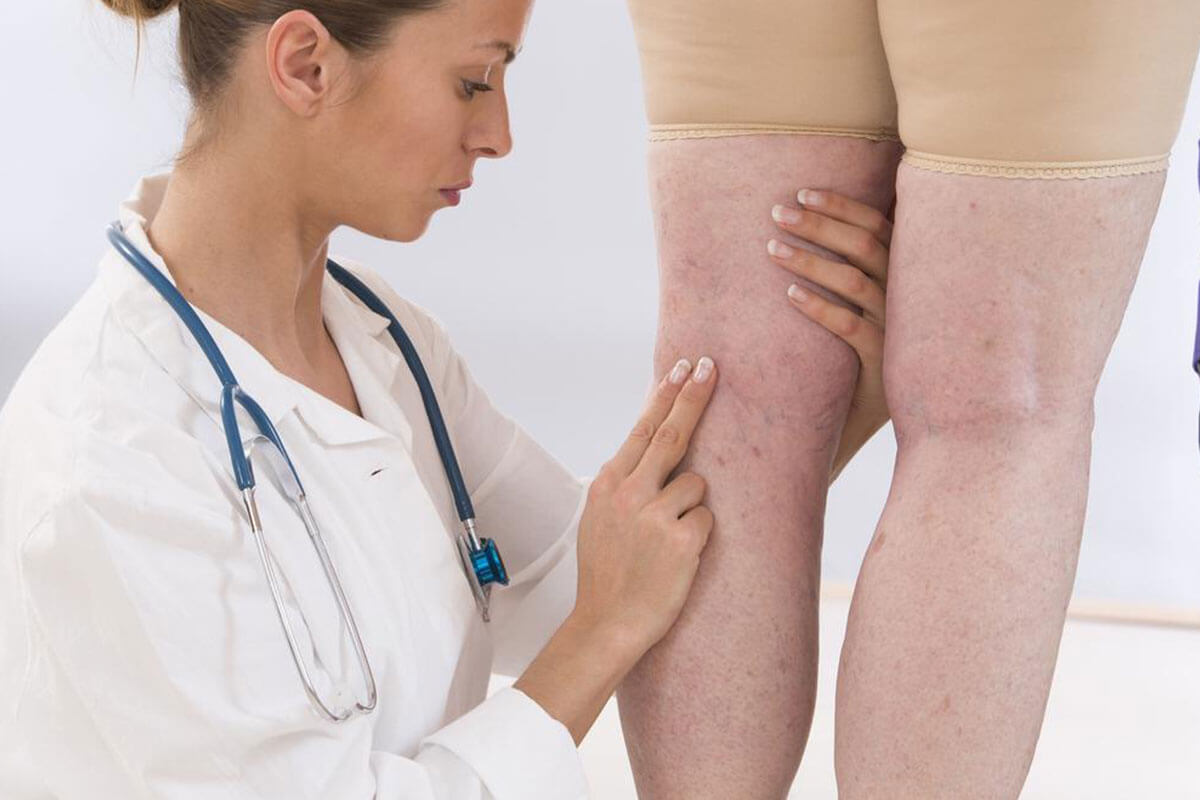Effective Approaches for Managing Deep Vein Thrombosis
Explore essential treatment strategies for deep vein thrombosis, including anticoagulants, compression stockings, filters, and thrombolysis. Early diagnosis and personalized care are vital to prevent serious complications like pulmonary embolism. Consult healthcare providers for the best approach tailored to your needs.

Effective Approaches for Managing Deep Vein Thrombosis
Deep vein thrombosis (DVT) occurs when a blood clot forms in the deep veins, usually in the legs. Understanding the available treatment options is crucial for effective management and complication prevention.
DVT is characterized by the presence of a blood clot in a deep vein, most often in the legs, causing symptoms like leg pain and swelling. Risk factors include smoking, obesity, inactivity, and age over 60. Recognizing early signs is vital, especially for those at high risk.
Detecting DVT early is essential because if the clot dislodges, it can travel to the lungs, causing a potentially fatal pulmonary embolism. Symptoms might be absent initially, but often include calf pain and leg swelling.
Common risk factors encompass prolonged bed rest, surgery, genetic clotting disorders, pregnancy, smoking, heart conditions, aging, and cancer. Diagnosis involves tests such as duplex ultrasound, MRI, or venography. Ultrasound is painless and visualizes blood flow, while venography involves dye injections and imaging to locate clots.
The primary goals in treating DVT include preventing clot growth, avoiding dislodgement, and reducing complications. Treatment mainly involves medication, with surgery as an option in rare cases. Standard treatments include:
Anticoagulants
Blood-thinning drugs, like heparin, warfarin, and rivaroxaban, reduce clot formation by decreasing blood's coagulability. While they do not dissolve existing clots, they prevent new ones and clot expansion. Patients should adhere strictly to prescribed doses, as these drugs carry risks, especially during pregnancy.
Compression Garments
Wearing compression stockings prevents leg swelling and encourages proper blood flow, decreasing clot formation risks. These stockings are typically worn throughout the day for 2 to 3 years.
Vena Caval Filters
If anticoagulants are unsuitable, a filter can be placed in the vena cava to trap traveling clots, preventing them from reaching the lungs. This approach reduces the chance of pulmonary embolism.
Catheter-Directed Thrombolysis
For high-risk cases or clots in the arms, doctors may use clot-busting agents delivered directly via catheter. This method quickly dissolves clots but involves higher risks like bleeding or stroke.
The choice of treatment depends on individual health, DVT severity, and personal preferences, and should be guided by a healthcare professional.










